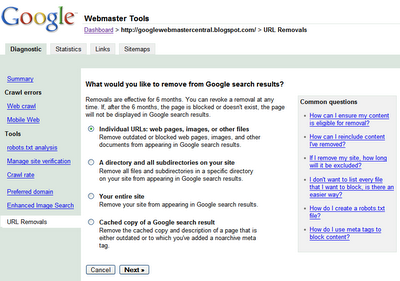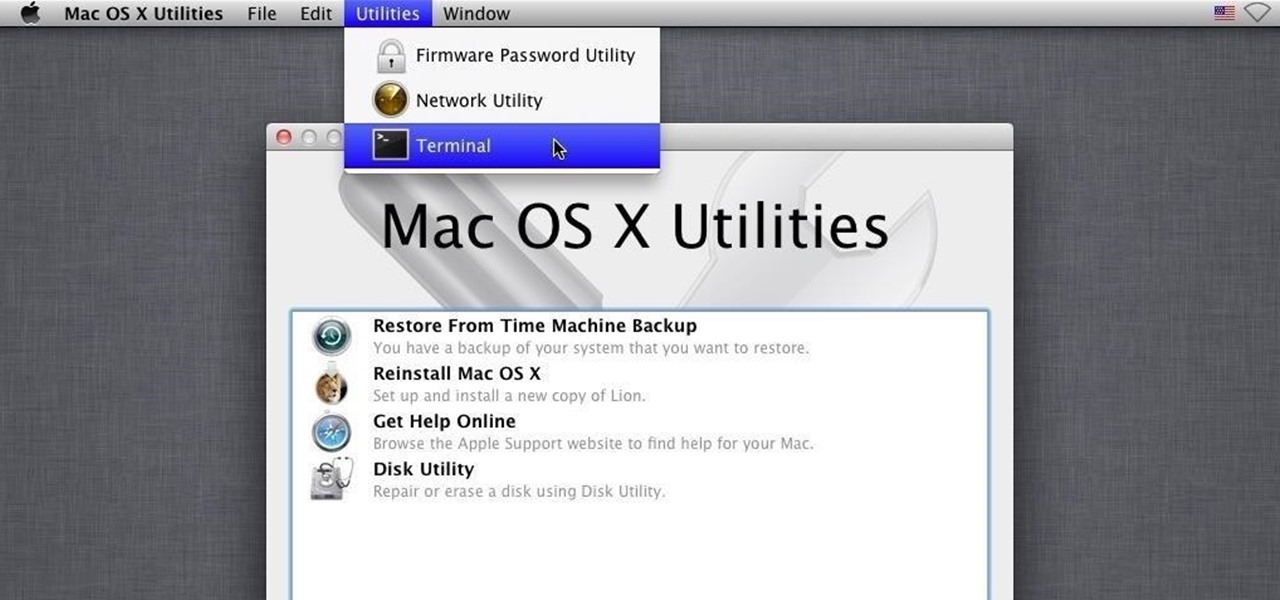- Install Chrome On My Pc
- My Chrome Is Hacked On My Mac Pc
- My Chrome Is Hacked On My Mac Computer
- Is My Chrome Hacked
If you use Google Chrome to browse the web or to work in Google Docs, and it starts behaving erratically, or you start seeing lots of intrusive adverts, it’s likely the browser has been infected with malware.
- Apr 04, 2019 Google Chrome says it’s “managed by your organization” if system policies are controlling some Chrome browser settings. This can occur if you’re using a Chromebook, PC, or Mac that your organization controls—but other applications on your computer can set policies, too.
- Mar 13, 2019 Bing has hijacked chrome on my mac. Mojave installed. I am crazy frustrated. I have tried everything to find the problem. MacBook Pro 13', macOS 10.14 Posted on Mar 11, 2019 3:44 PM. Reply I have this question too (46) I have this question too.
- Aug 22, 2016 In Mac, if you already installed an anti-virus then this the best thing you've done to secure notebook. To find out if your mac address has been hacked. You can easily check it out by scanning your Mac. Usually, Mac users have to scan its system regularly to know if check anything usual such as the trojan virus.
- Jul 11, 2020 In both cases, your phone’s performance significantly deteriorates and you risk exposing private information. Furthermore, the majority of those questionable applications also collect sensitive data. In case you install a browser hijacker by clicking on Your iPhone Has Been Hacked pop-up, it can gather various data related to your searches.
While it’s frustrating, and sometimes alarming, it’s not necessarily harmful to your Mac. Nevertheless, it’s best to get rid of it as soon as you realize it’s there.
You can check whether it's been installed by going to chrome://extensions/ and looking at the Chrome Apps section. If it has been installed, you can either remove it or run it and disable remote access. Mar 01, 2019 If you’ve noticed your Google Chrome or Mac acting weird, your machine may have a browser hijacker. There’s a variety of malware out there, but we’ll use a common and annoyingly persistent hijack called Kuklorest as an example.
Malware can take a number of different forms:
1. Adware
This type of malware downloads itself to your Mac, usually in the form of a browser extension, or hidden in a file you’ve downloaded. It displays adverts in a web browser or on your desktop.
2. Pop-up windows
These are a bit like adware. Examples, like a Chrome pop up virus, appear when you use a web browser, either on top of your current browser window, or behind it and take you to a website you haven’t chosen to go to.

3. Hyperlinks
Install Chrome On My Pc
This is more difficult to spot. This type of malware, or Chrome redirect virus, turns regular text on a web page into hyperlinks. If you click on one of the links, it will take you to a web page selling something, or urging you to download a file.
4. Spyware
Spyware is often hidden in a trojan, disguised to look like a legitimate file — perhaps a movie or a software update — but when you download it, it immediately starts stealing personal data, including financial details, web pages you’ve visited, passwords, and even the keys you press on your keyboard.
How to know if Google Chrome has a virus
There are a number of signs that you have Chrome malware on your Mac.
- Chrome starts running very slowly and using up lots of processor cycles. Often, the first sign is that your Mac’s fans start running loudly when you’re not doing anything that’s processor intensive. If that happens, you can use Activity Monitor to confirm that it’s Chrome that’s stressing the CPU.
- You start seeing adverts unrelated to any site you’ve visited or search term you’ve used.
- A browser toolbar you didn’t deliberately download appears in your copy of Chrome.
- Pop up windows appear frequently on sites that don’t normally use pop-ups.
- You discover an application in your Applications folder that you didn’t download.
How to remove adware and malware from Chrome
The easy way: Scan your Mac with CleanMyMac X
CleanMyMac X is a powerful app for protecting your Mac from all kinds of malware threats. It can detect and neutralize adware, spyware, worms, ransomware, and other vulnerabilities and hazards. Here’s how to use it:

- Download CleanMyMac X and launch the app.
- Click Malware Removal tab.
- Click Scan.
If CleanMyMac finds something suspicious, it will offer the immediate removal.
The manual way
1. Uninstall suspicious apps
Google recommends that when you discover adware or other malware, the first thing you should do is identify and get rid of any applications in your Applications folder that you suspect may be malicious.
- Open a Finder window and go to Applications.
- Look through the list of applications and identify any you didn’t download deliberately.
- If you find one, you should remove it. However, just dragging the app to the Trash won’t get rid of every trace of the application. To do that, you need to remove every file associated with the app.

How to safely remove every trace of an application
You can safely remove unwanted apps, along with their leftovers, with the help of an app we’ve mentioned above — CleanMyMac X. It knows where to look for files that are installed by apps and searches for them there, then lists them when it finds them, allowing you to easily delete them.
If you’ve already downloaded and installed CleanMyMac, start using it right away. Go to the Uninstaller module and check the box next to the app you want to delete, and click Uninstall. That’s it!
Repeat the process for every app you suspect is malware.
2. Reset Chrome settings
If you don’t find any apps in your Applications folder that look like they’re malware, or if removing them doesn’t solve the problem, the next step is to reset Chrome’s settings.
- Open a Finder window, go to Applications and launch Chrome.
- At the top right of the window, click the ‘More’ icon (three dots stacked vertically).
- At the bottom of the menu, click Settings.
- At the bottom of the browser window that opens, click Advanced.
- Scroll to the bottom again and click Reset settings.
- Read the information in the box that appears, then click Reset.
Resetting Chrome, among other things, turns off extensions. If you need to use extensions, you’ll need to turn them back on again. However, before you do, it’s a good idea to go through them and check that you intended to download them. If you find any that you didn’t intentionally download or that you no longer need, you should delete them.
3. Remove extensions or turn them on again
- In Chrome, click on the More button again.
- Click More Tools, about halfway down.
- Click Extensions.
- Look through the installed extensions. If you see any you didn’t intend to download or no longer need, click Remove.
- If you suspect it’s malware, check the Report abuse box.
- Click Remove.
To turn an extension back on again, click on the toggle switch at the bottom right-hand corner of the extension box.
My Chrome Is Hacked On My Mac Pc
How to protect Chrome from malware
Malware, whether it’s adware, spyware, or any other kind of nasty, malicious code, can arrive on your Mac win a number of different ways. Usually, though it’s downloaded when you click on a link in an email or website that you thought was safe. It could be that the link takes you to a site that then infects your Mac, or that you download what you think is software update, and it then turns out to be a virus.
By the way, one of the most common ways that malware is disguised is as updates to Adobe Flash. Given that most websites no longer use Flash, it’s safest to remove it from your Mac altogether. That way you won’t be tempted to download a spoof update. You won’t be surprised to learn that clean my Mac can remove Flash quickly and easily. You’ll find the tool in the Preference Panes section of the Extensions utility.
There are a number of other steps you can take to stop your Mac being infected with malware.
1. Don't click suspicious links
My Chrome Is Hacked On My Mac Computer
Never click a link in an email unless you know who the email is from and where the link is going to take you. That means you have to be 100% sure. If you’re not, don’t risk it.
2. Make sure your Mac’s Firewall is turned on
You’ll find the switch in the Firewall tab in the Security&Privacy pane in System Preferences.
3. Be careful when installing extensions
Don’t install a browser extension unless you’re absolutely sure it’s safe. If you’re unsure about it, Google its name and see what comes up at the top of the results.
4. Keep your browser up to date
Google Chrome can be set to update itself automatically, which is the safest way to do it. If you don’t want it to do that, make sure you install updates manually as soon as Chrome alerts you it’s out of date.
5. Keep macOS up to date
Is My Chrome Hacked
Apple issues security updates for the current version of macOS and for older versions. If you see one on the App Store or if macOS alerts you that an update is available, install it.
6. Watch out for bogus warnings
One of the biggest scams on the internet is pop-ups telling you that your computer has a virus. If you see one, ignore it.
In addition to preventing malware, there are a number of things you can do to reduce the damage malware will do.
- Keep your personal data safe. Never store sensitive data like usernames and passwords, or credit card details as plaint text. Use a password manager, which will encrypt everything.
- Back up your Mac regularly. If you use Time Machine to backup your Mac and the worst happens, you can roll back to a point just before your Mac was infected. Or you can recover individual files that have become corrupt.
As you can see, it’s not too difficult to remove malware from Chrome or remove adware from Chrome. And using CleanMyMac makes it even easier. However, it’s much better if you avoid download malicious code at all. If you follow the steps at the end of this article, you’ll make sure your Mac and the Chrome browser are both as safe as they can be.